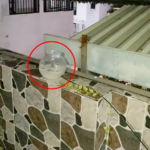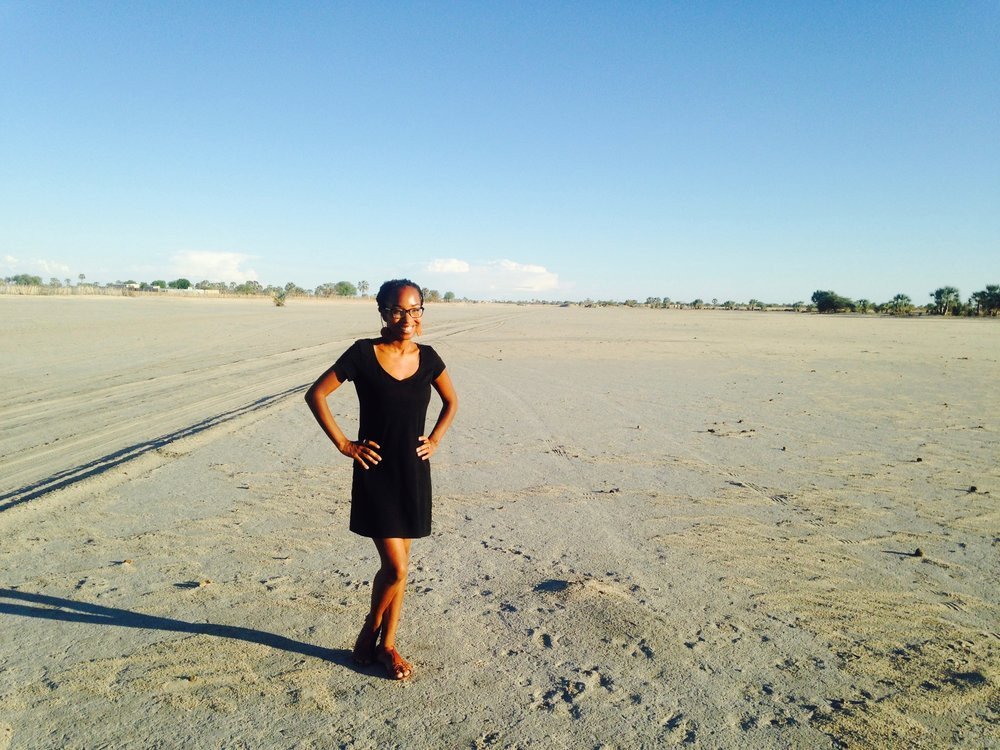
Below is an article from her on a website for the African-American community living in the black continent.
I have always considered myself a “Child of the Sun” until I moved to Namibia. Here, I run away from the Sun literally. Every morning, I enjoy everything until around 9:30 am. That’s when the feeling of fear rises in the form of sweat drops as the heat starts to come in.
Gradually, I find myself loving cloudy and rainy days, the weather I used to hate in the US.
The African sun is truly devastating, especially for those who did not grow up here. Here are the ways I have been able to survive in Namibia.
1. Drink water
If you don’t like drinking water, get used to it when living in Namibia. Living here, your body will need water. I always feel much more thirsty than usual. To replenish the water lost from sweating, I have to drink more water than any other drink I have ever had in the US. Living near the equator means you definitely need to increase your water intake.
2. Shade
Shade in Africa is truly a lifesaver. It’s wonderful to feel the cooler breeze when sitting under a tree. While just stepping out of the shade a few steps away feels like walking into a fire – I’m talking about a 5-degree Celsius difference. If you have a day planned to be outdoors, try to stay under the shade as much as possible.
Accessories like hats and umbrellas are also essential items that can help you feel more comfortable when going out in the afternoon. I usually don’t leave the house without an umbrella in the summer in Namibia. Protecting yourself will make walking under the African sun much more bearable.

3. Timing
When I first moved to Namibia, I thought I could go out and do errands at any time during the day. But that’s a complete illusion.
When I walked to the supermarket under the scorching 38-degree Celsius sun, I returned home and passed out in front of a fan from exhaustion. I realized that the time from 9:30 am to 5 pm is completely unsuitable for walking unless it is absolutely necessary.
If possible, try to schedule any outdoor activities during the most comfortable time of the day.
4. Know your limits
Accept the fact that there are some things you won’t be able to do like the locals. For example, my Namibian in-laws can plant trees, pick fruits, and dig in the heat of the day without breaking a sweat. But when I try to do the same, I start feeling dizzy in less than 10 minutes.
Respect your own physical limits. Don’t overdo it just because you see the locals doing it easily. Their heat resistance may be much better than yours because they were born here.
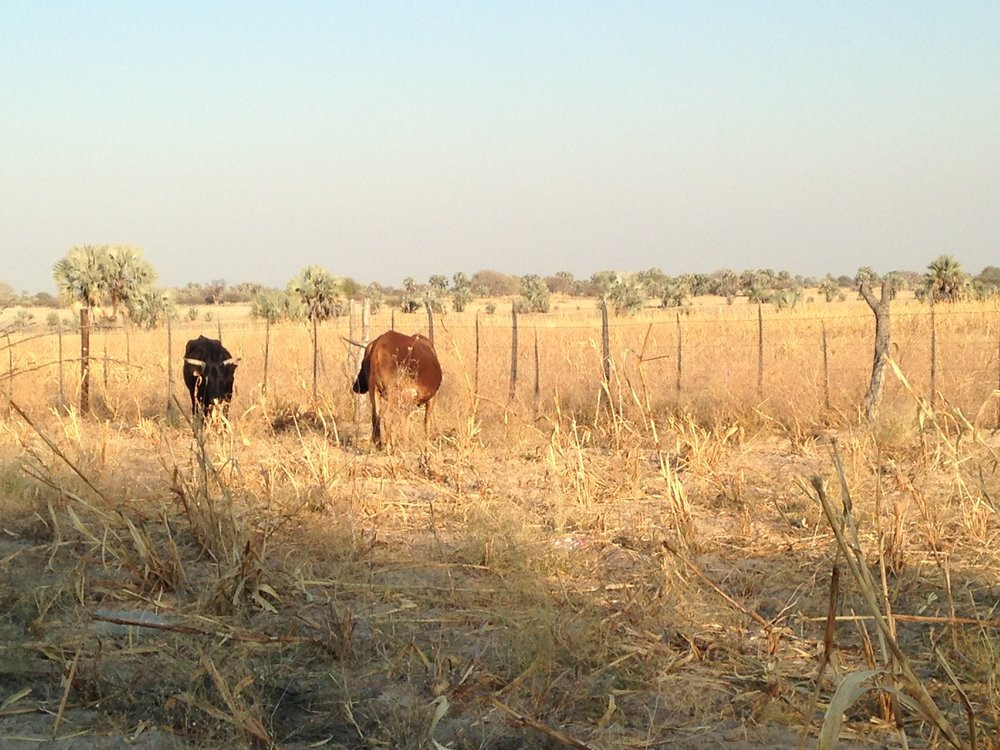
5. Sunscreen
Sunscreen is sold at supermarkets, convenience stores, and pharmacies here.
Don’t assume that you can go without it just because the locals don’t use it. If you didn’t grow up in an extremely harsh environment like this, your skin won’t be accustomed to the sunlight. So, apply sunscreen before going outside!
6. Take care of your body
The scorching weather can seriously disrupt your body. So, you need to take showers more than 1-2 times a day. Also, don’t be surprised if your rough skin starts peeling off due to sunburn for the first time in your life. The African sun is no joke!
7. Wear sunglasses instead of fashion glasses
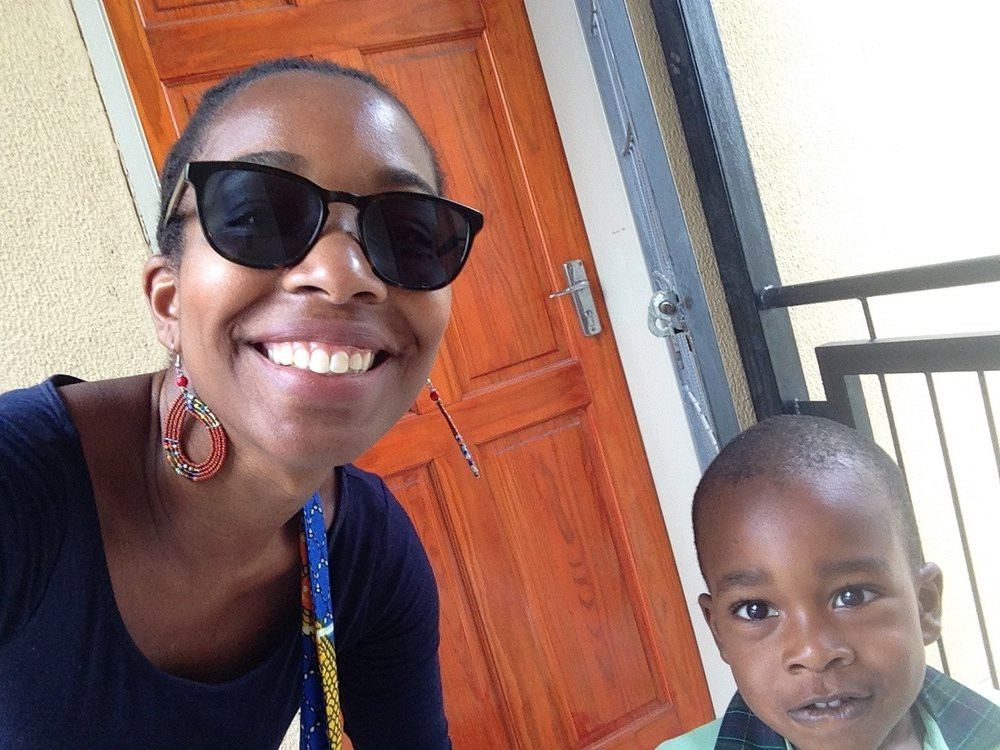
During the day, everything outdoors in Namibia seems much brighter and clearer than in my US.
An ophthalmologist from Namibia once suggested that I wear sunglasses when outdoors. She said she has witnessed more and more Namibian people suffering eye damage after years of exposure to sunlight.
Although I almost never wear sunglasses in the US, I wear them regularly here. They help you avoid squinting and protect against dust.
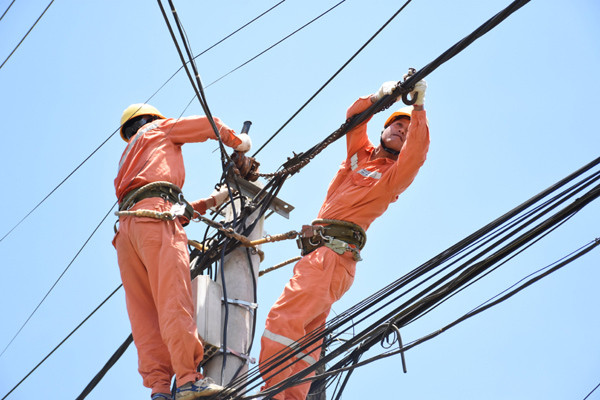
May and June are the peak summer months in the North, and electricity consumption increases dramatically. Hanoi Electricity Corporation (EVNHANOI) recommends that people use electrical appliances properly to increase their lifespan and save energy.

























